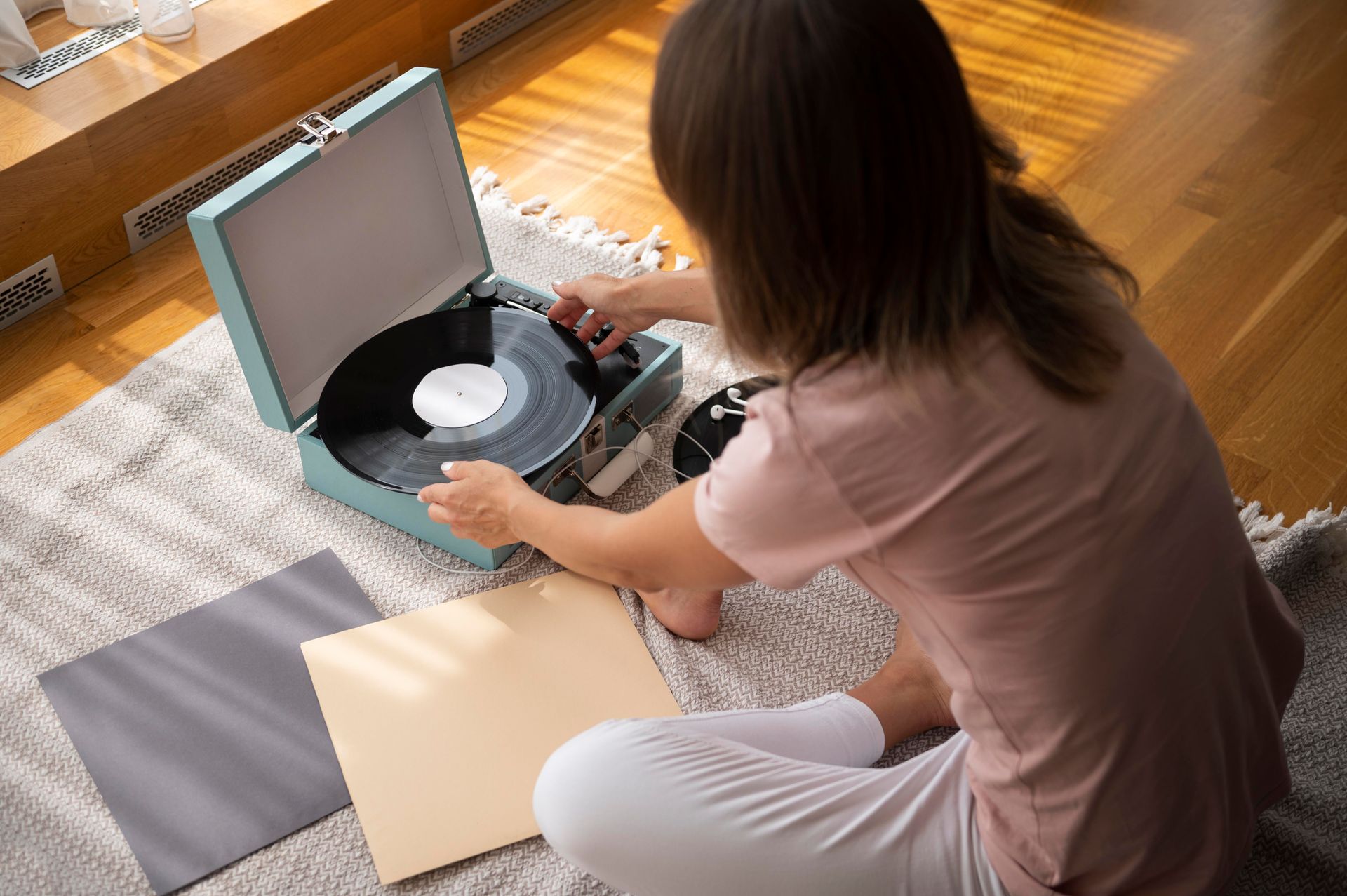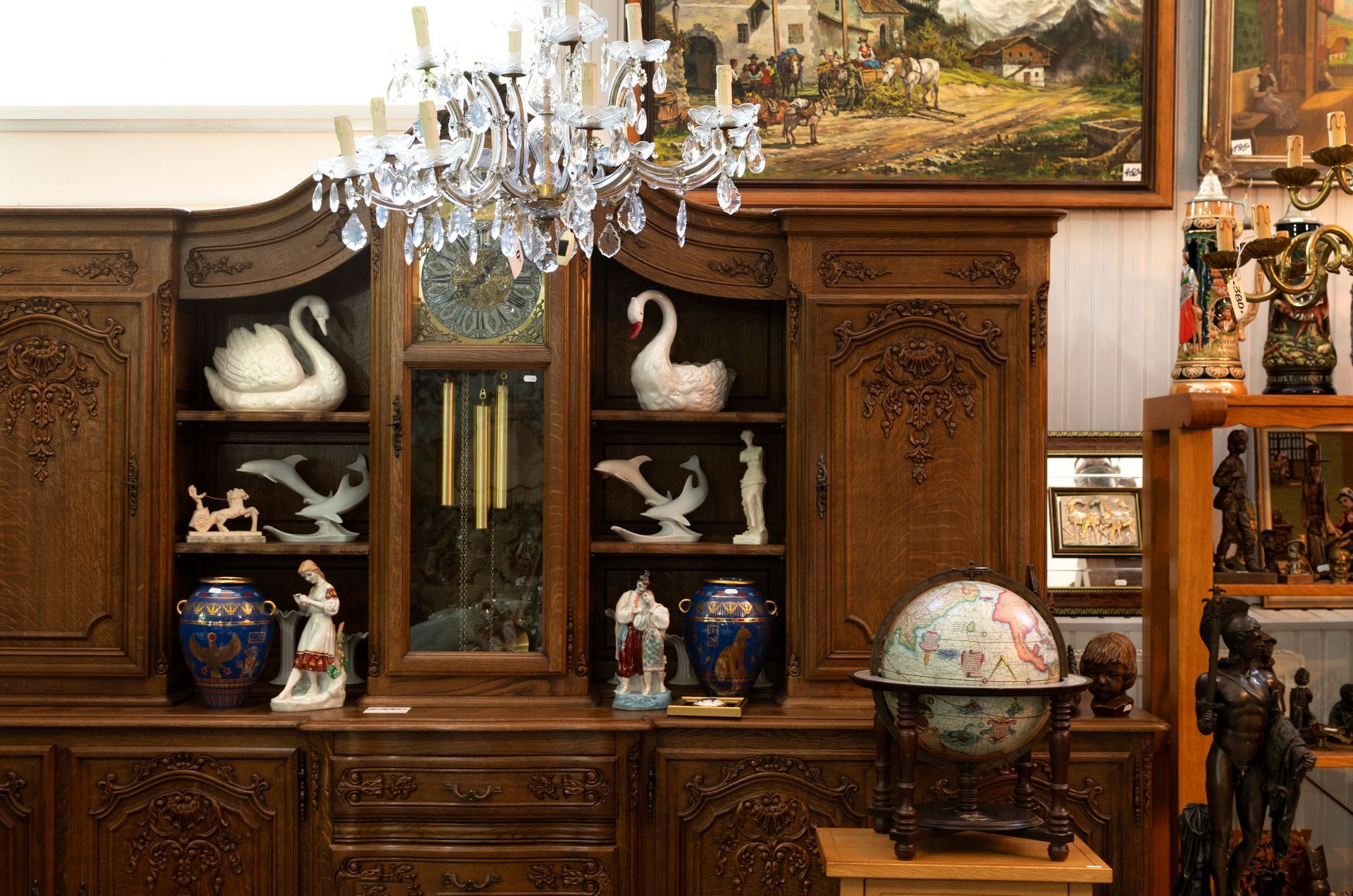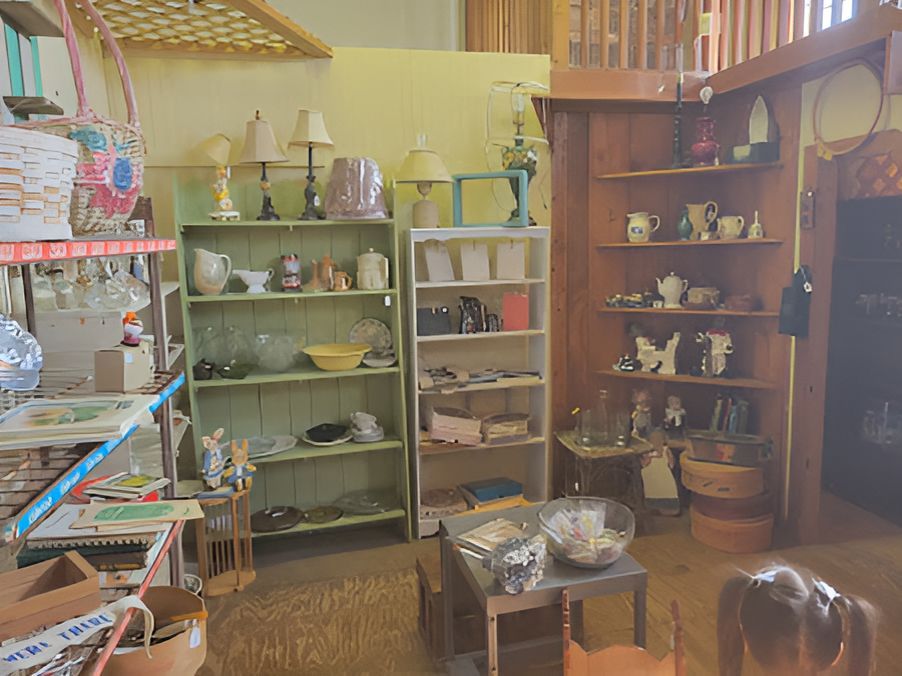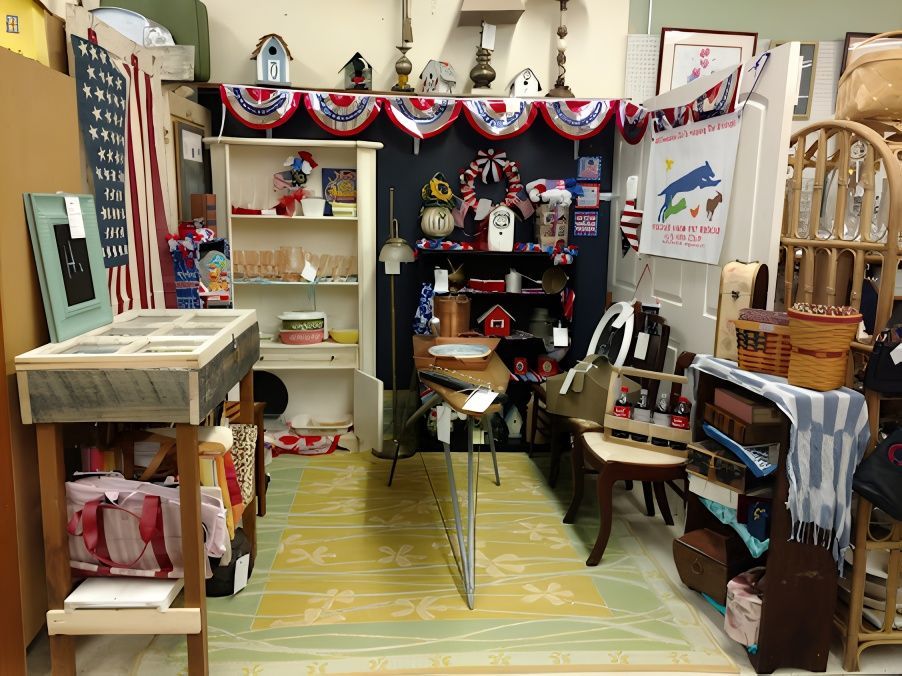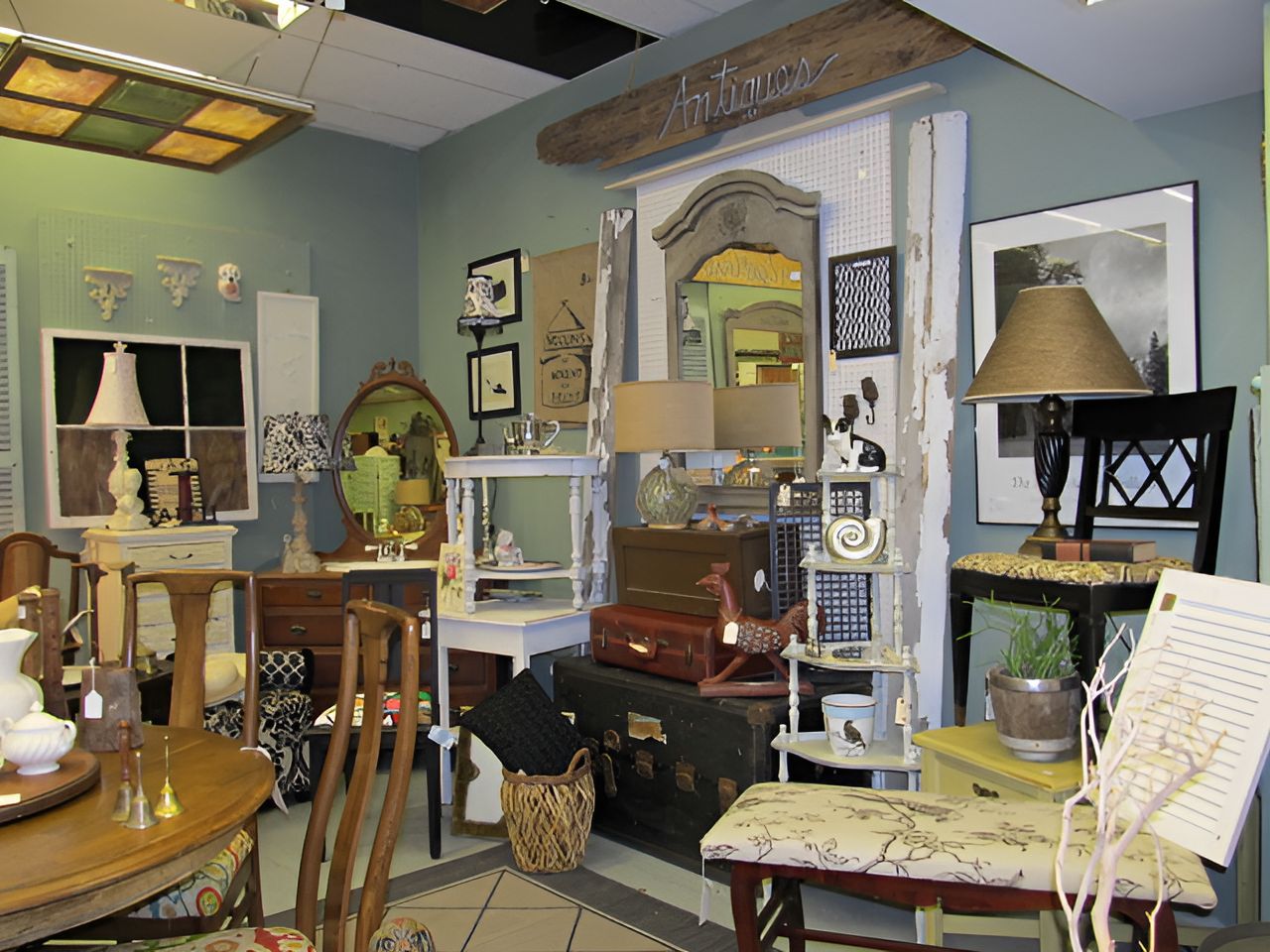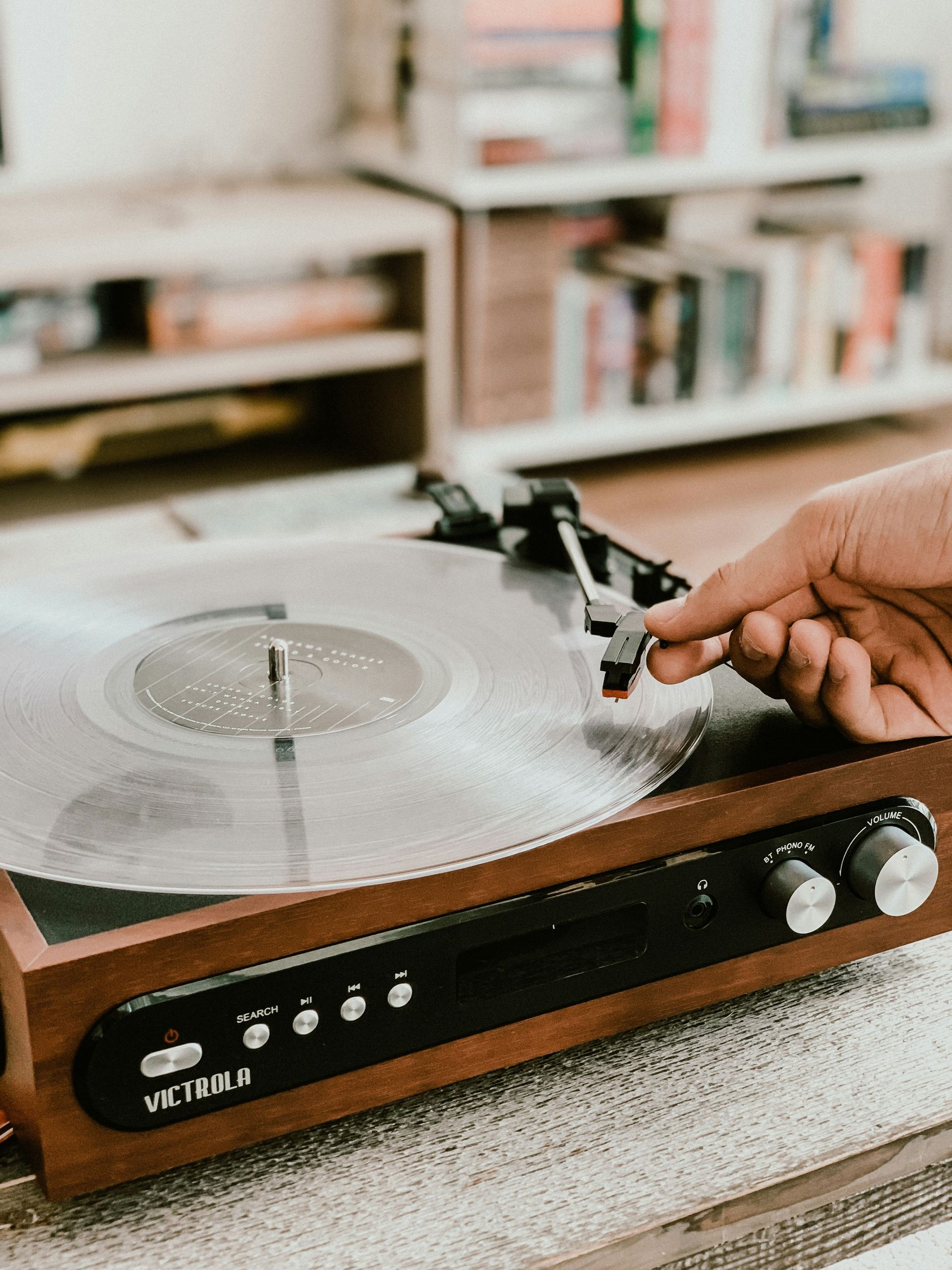Antique vs. Vintage: What's the Difference for Collectors and Shoppers?
Ever found yourself admiring a piece of furniture, wondering if it's a true antique or just a stylish vintage find? That moment of delightful uncertainty can sometimes lead to a missed treasure or a less-than-ideal purchase.
This guide is here to help you navigate the fascinating world of antique and vintage items.
We'll dive into what sets them apart, explore the tell-tale signs of age and craftsmanship, see where "retro" fits in, and uncover why these distinctions are so important for both seasoned collectors and savvy shoppers.
By the time we're done, you'll be equipped to spot the subtle clues in age, artistry, materials, and maker's marks. Plus, you'll be inspired to discover these unique pieces firsthand at The Green Bean Exchange, a trusted vintage store in Cumming GA.
TL;DR — Discover the Key Differences: Antique vs Vintage Explained
- Antique = 100+ years old; rare, artisan-crafted, authentic period materials
- Vintage = 20–99 years; era-defining styles, often mass-produced, budget-friendlier
- Spot age by joinery and tool marks, natural patina, and maker’s stamps/labels
- Retro = new items made to look old; modern materials, style without the provenance
- Knowing the difference guides value, care, and smarter buys in-store and online
Explore curated finds at The Green Bean Exchange in Cumming, GA
What Makes an Item an Antique?
An antique is generally recognized as an item that has reached the venerable age of 100 years or more. These pieces often carry a rich history, showcasing the distinct techniques and artistry of their original era.
Age & Scarcity
Items crafted before the early 1920s are often rare finds, bearing the unique patina of time and limited surviving examples.
Artisan Craftsmanship
Look for details like hand-carved elements, traditional dovetail joinery, and subtle tool marks that speak to pre-industrial methods.
Authentic Materials
True antiques frequently feature solid hardwoods, natural textiles, hand-blown glass, and metals characteristic of their period.
Each of these elements helps in accurately dating and valuing an item, weaving together historical context with tangible proof. This knowledge guides you toward pieces that not only tell a story but also hold or increase in value over time.
How Does Vintage Differ from Antique?
A vintage item typically falls between 20 and 99 years old. These pieces capture the essence and style of their specific time, offering a wonderful connection to past decades and often at a more accessible price point than true
antiques.
Echoes of an Era
Vintage pieces often reflect the iconic styles of mid-century modern, Art Deco, the groovy 70s, or the vibrant 80s.
Production Styles
While some vintage items are handcrafted, many were produced on a larger scale, showing more standardized manufacturing cues.
Nostalgia & Trends
The appeal of nostalgia and design revivals significantly boosts the desirability of vintage items, especially beloved pieces like vinyl records, classic glassware, and retro fabrics.
Understanding these nuances helps collectors appreciate the distinct cultural significance of, say, a 1960s teak chair compared to a piece from the Victorian era, leading to more informed and satisfying acquisitions.
Spotting the Difference: Key Tips for Identifying Antique vs. Vintage Items
Pinpointing whether an item is antique or vintage is a blend of historical insight and keen observation.
Begin by looking for indicators of age, then seek out period-specific evidence to confirm your findings.
Here are three crucial aspects to examine when dating furniture, decor, or collectibles:
| Feature | What to Look For | Why It Matters |
|---|---|---|
| Craftsmanship | Signs of hand-tooling, slightly imperfect joinery | Confirms production methods typical of the era |
| Materials | The natural aging and patina on wood and metal surfaces | Reveals original components and how they've aged |
| Hallmarks | Maker's marks, date stamps, or original labels | Provides clues to origin and manufacturing dates |
A Closer Look at Craftsmanship

The way something is made tells a story of its origins.
Examine joinery for signs of hand-fitting, like mortise-and-tenon or dovetail connections, and look for the unique variations that come from hand tools rather than automated machinery.
These details not only help date an item but also add to its unique character, celebrating the skill of artisans from long ago.
Materials and How They're Put Together
The materials and construction methods used are like a historical record embedded in the object itself.
Antique furniture often showcases solid hardwoods like oak or walnut, joined with natural glues. In contrast, many vintage pieces might incorporate plywood, veneers, or composite materials.
Identifying the type of glass, metal alloys, or even the threads in upholstery can help you confidently distinguish an authentic period piece from a later interpretation, whether you're buying online or exploring a reputable vintage store.
Uncovering Hallmarks and Provenance

Official marks, maker's signatures, and labels offer concrete evidence of an item's history and age. You might find hallmarks on antique jewelry indicating the metal's purity and origin, or factory stamps and artist signatures on vintage ceramics.
Researching these marks can lead you to old catalogs, archives, or brand histories, enriching your understanding of the item's journey from creation to the present day, especially when you find such treasures at a trusted Cumming GA vintage store.
What About Retro? How Does It Compare?
Retro refers to new items designed to capture the aesthetic of past eras, rather than being authentic artifacts from those times.
Retro pieces tap into nostalgia by recreating popular styles – think 1950s diner-style seating or bold 1970s graphic patterns, but they're made with modern materials and manufacturing techniques.
Unlike genuine vintage or antique items, retro pieces often offer enhanced durability and can be more budget-friendly, providing an accessible way to infuse your space with classic charm and reliable function.
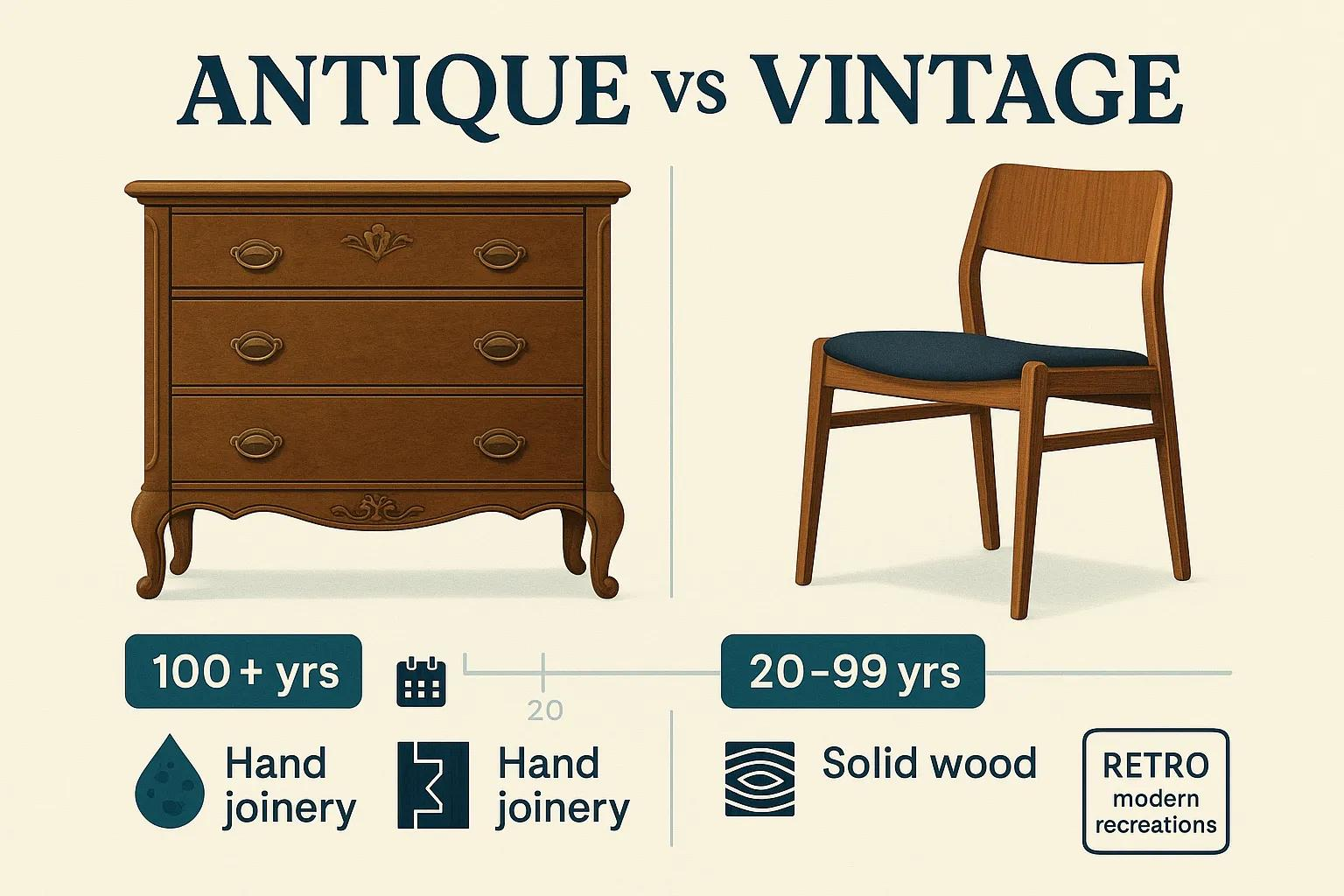
Why Does Knowing Antique vs. Vintage Matter?
Understanding the distinctions between antique and vintage items empowers you to make smarter choices for your investments, preservation efforts, and personal style.
For dedicated collectors, age and rarity directly impact market value and potential appreciation.
For enthusiasts, authenticity and provenance ensure a satisfying connection to the past.
Whether you're captivated by mid-century modern aesthetics or the enduring elegance of century-old heirlooms, knowing these categories helps you care for and display your finds appropriately.
Conclusion
Understanding the differences between antique and vintage items enriches your collecting experience and enhances your appreciation for craftsmanship and history.
Visit The Green Bean Exchange to explore our curated selection of timeless treasures and discover the perfect piece for your collection. Join our community of collectors and enthusiasts today to deepen your connection with the past.

